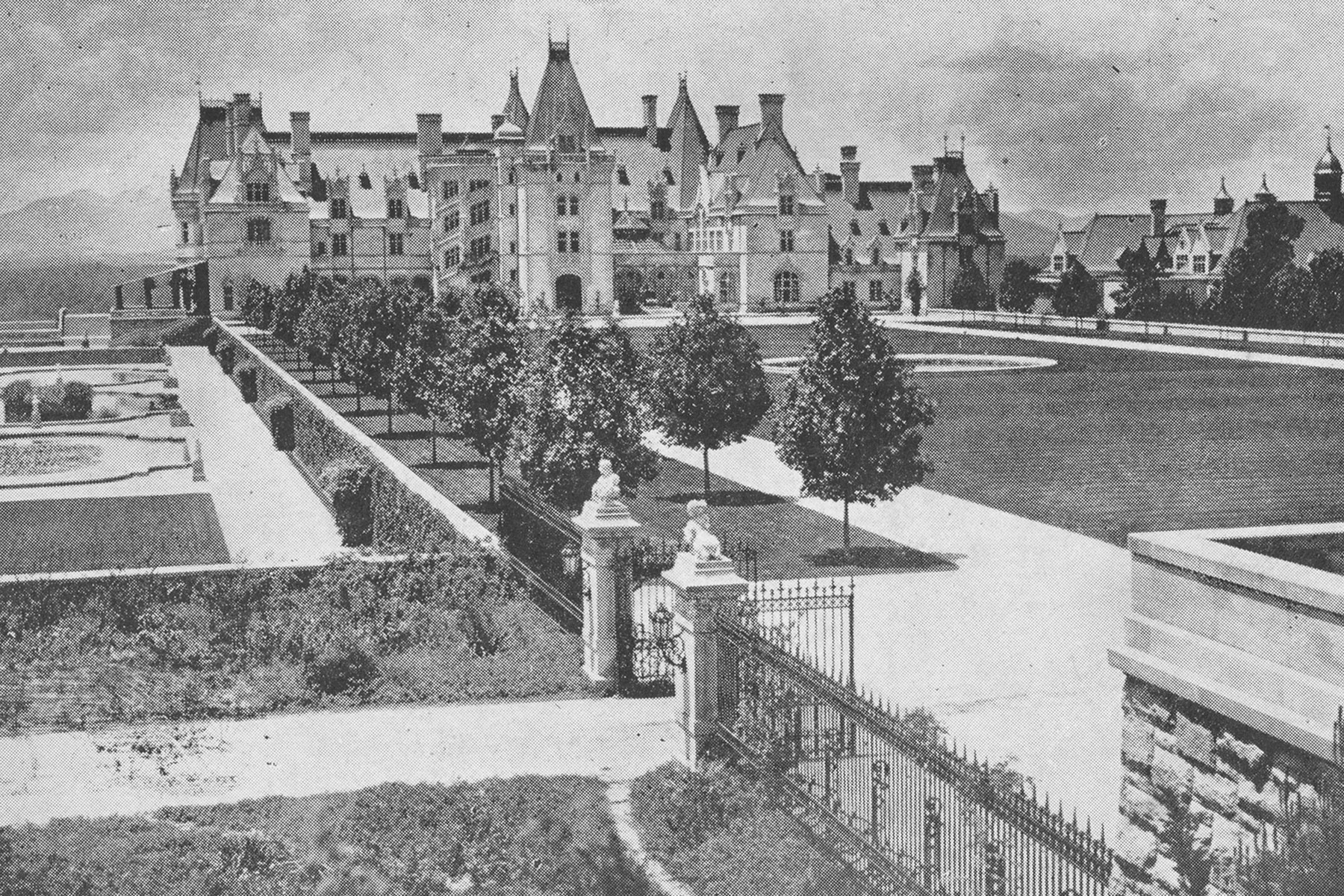| A t the beginning of the 20th century, elaborate hats were ubiquitous in women's fashion. Hat brims were so wide, they often extended out past a woman's shoulders, and the tops of the hats were adorned with taffeta, ribbons, and lots of feathers. Hatpins, themselves often decorative and sometimes as big as a foot long, were required to fasten the large hats to a woman's hairstyle — but they also became inadvertent tools of self-defense for women who were gaining more independence and venturing out into the world alone. |
|
| The use of hatpins for self-defense dovetailed with a growing culture of "mashers," as they were known at the time. These were men who leered at, catcalled, or unwantedly touched women in public. Suffragists and other women's rights groups became increasingly vocal about the need for female safety, autonomy, and self-defense in the face of "masher" culture, but their efforts had the unintended effect of bringing negative attention to the female victims. Newspapers across the country reported stories of women using hatpins and umbrellas to fend off attackers, and by 1909, hatpins were considered dangerous around the world. Some regions attempted to regulate their length; in many U.S. states, women could be fined up to $50 for wearing hatpins that were more than 9 inches long. |
| Eventually, measures were taken in some locations to punish "mashers," including with fines and jail time. Still, women were sometimes told (by a judge in at least one instance) that they were simply too beautiful to be walking around alone. By the end of World War I, women's hairstyles — and the size of their hats — were significantly smaller, and the "hatpin peril" was all but forgotten. |













No comments:
Post a Comment